The 2030 Agenda for Sustainable Development is a global guide comprising 17 Sustainable Development Goals (SDGs) to ensure a positive impact on the environment and all people living in it, now and in the future.
A bit of history
1992
The Conference on Environment and Development, convened by the United Nations General Assembly, was held in Rio de Janeiro.
2000
The Millennium Development Goals were created with the purpose of ending global poverty, establishing 8 goals and 28 targets to be met by 2015.
2012
The United Nations Conference on Sustainable Development took place, where a dedicated group was created to establish a set of objectives.
2015
The United Nations Summit in New York was attended by 193 Member States and the 2030 Agenda was approved by introducing the 17 SDGs.
This Agenda is an action plan that includes social, economic, and environmental aspects and that Member States committed to fulfilling by 2030.
Sustainable Development Goals
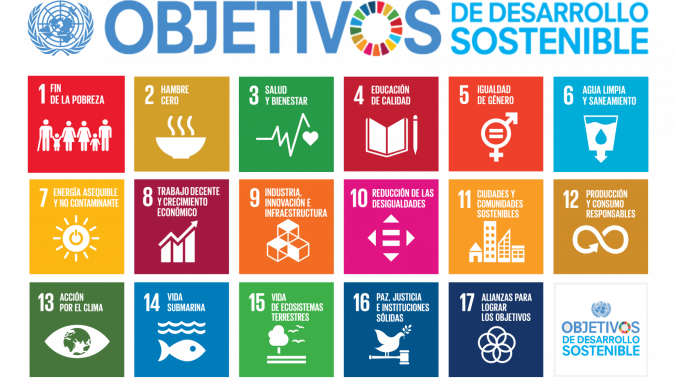
Sustainable development must meet the needs of the present without compromising the ability to meet the needs of future generations.
And to achieve this sustainable development, it is essential to merge: environmental protection, economic growth, and social inclusion.
The 17 SDGs are a set of 169 targets, interconnected, global in scope, and universally applicable.
How fashion influences
Fashion is one of the industries with the greatest environmental and social impact. Their participation in the SDGs is critical to fulfilling the purpose at the global level.
In 2018, the United Nations Economic Commission met in Geneva to discuss the role of this industry, and where it stated that fashion:
- is the second largest consumer of water worldwide.
- generates 20% of wastewater and 8/10% of global carbon emissions.
- is responsible for 24% of global insecticide use and 11% of pesticide spread.
- is responsible for 85% of textile products that end up in landfills.
- It is responsible for releasing half a million tons of synthetic microfibers into the ocean.
Therefore, the UN created an Alliance to achieve sustainability in fashion, identifying problems and solutions in its actions and presenting these results to governments to activate the necessary policies.
This Alliance joins the 2030 Agenda so that fashion firms are forced to start measuring and reporting on their impact without falling into the temptation of greenwashing.
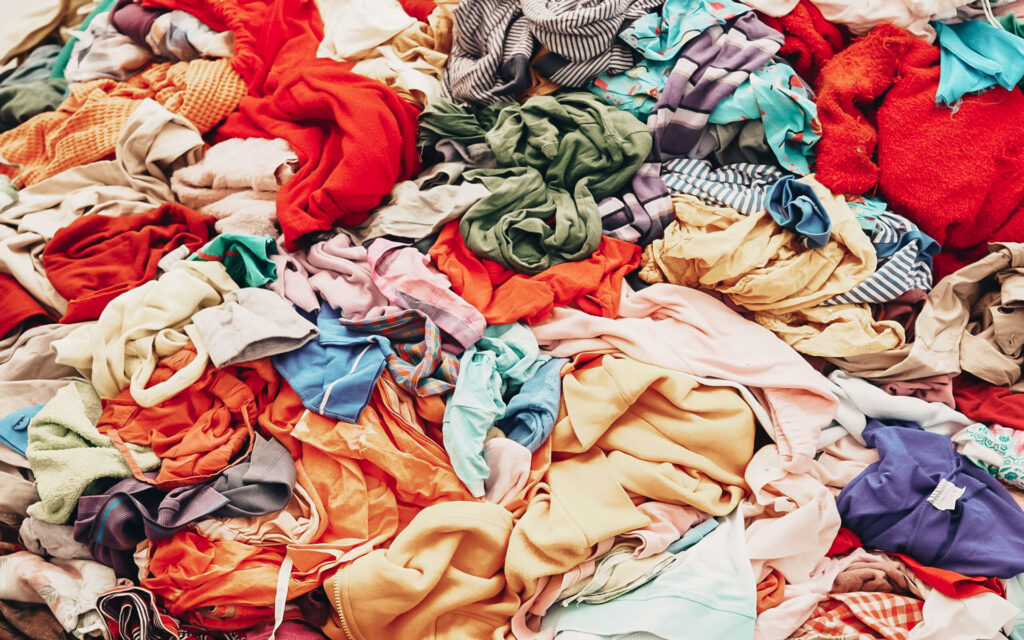
How fashion can achieve the SDGs
Goal 1 “No poverty”
It must provide fair wages and decent working conditions for all its workers. It must ensure that no one in its production chain lives below the poverty line.
Goal 3 “Health and Well-being”
It must establish regulations for the well-being of the health of its workers and the populations near the production factories, reducing air, water, and soil pollution.
Goal 5 “Gender equality”
It must act on various problems faced by women along the production chain. At the corporate level, equality in decision-making bodies.
Goal 6 “Clean water and sanitation”
It must reduce water use during production. It must eliminate pollution from the use of hazardous chemicals and materials that end up in seas and rivers.
Goal 7 “Affordable and clean energy”
It must minimize energy expenditure and use energy efficiently from factories to stores.
Goal 8 “Decent work and economic growth“
It must guarantee and protect labor rights along the production chain.
Goal 12 “Responsible Production and Consumption”
It must guarantee responsible consumption patterns, eliminating the excessive overproduction of garments that end up in landfills polluting soil.
Goal 13 “Climate action”
It must reduce carbon emissions that contribute to global warming.
Goal 14 “Life below water”
It must eliminate the use and manufacture of garments made of materials derived from plastic that cause the release of microplastics during washing, affecting marine life.
Goal 15 “Life on land”
It must stop deforestation that causes the loss of biodiversity due to the intensive use of land to extract raw materials and the excessive consumption of natural resources.
Engaged fashion
Through their efforts, several companies are committed to the SDGs by driving the change this industry needs to achieve the goals of the 2030 Agenda.
Stella McCartney
The English designer is a pioneer in her commitment to sustainability.
She has been a member of the Ethical Trading Initiative since 2012 and follows the UN Guiding Principles on Business and Human Rights.
In the words of the firm: “We commit to contribute to creating a better and more equal world, as foreseen in the UN Sustainable Development Goals.”
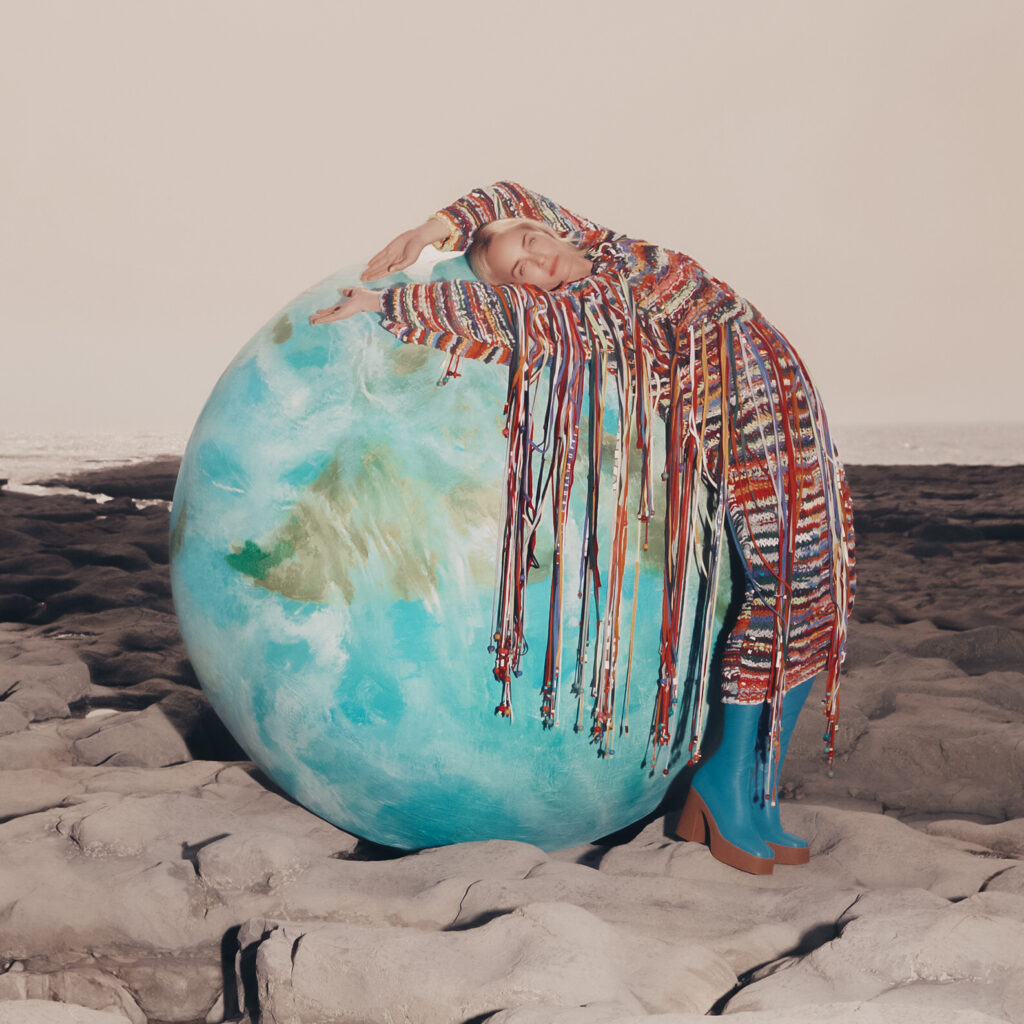
Patagonia
The brand of garments and equipment for outdoor activities is one of the first in taking action for sustainability through its business model.
In addition to its activism, Patagonia contributes to achieving Sustainable Development Goals.
In 2019, it was named Champion of the Earth, the highest environmental award given by the United Nations, for its entrepreneurial vision where it has put sustainability at the center of its successful business model.
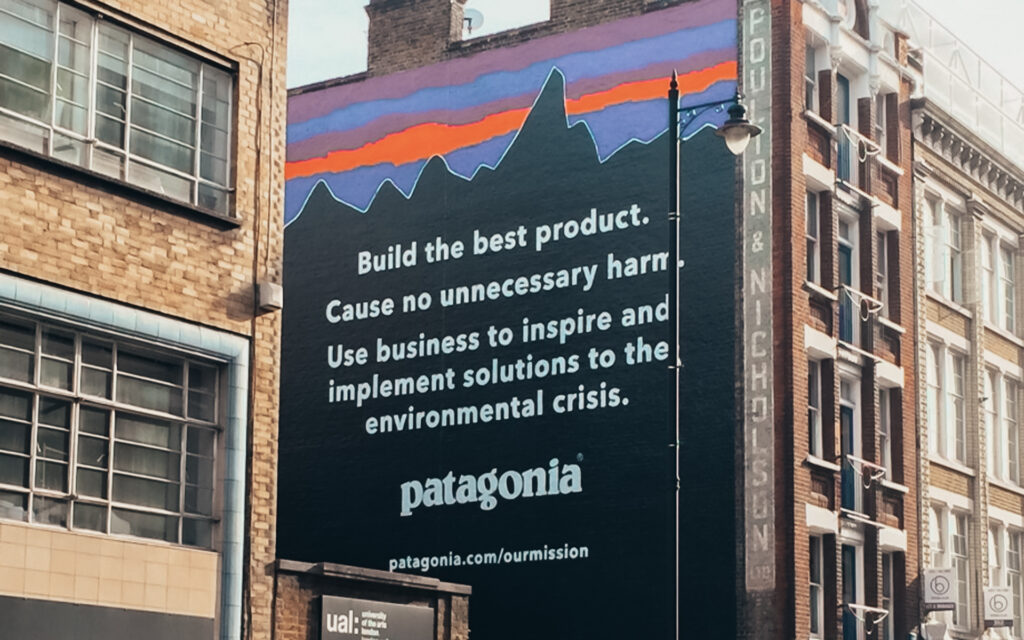
Kering
It is a French multinational that owns the luxury brands Balenciaga, Bottega Veneta, Gucci, Yves Saint Laurent, and Alexander McQueen.
Guided by the SDGs, Kering included quantifiable targets for 2025 in its strategy under the slogans: care, collaborate, and create; In addition, during that period, it will pursue key milestones to ensure progress.
Its vision is based on the recognition that a company can only become truly sustainable if it goes beyond the conventional limits of its own direct operations to address the environmental and social consequences of its entire production chain.
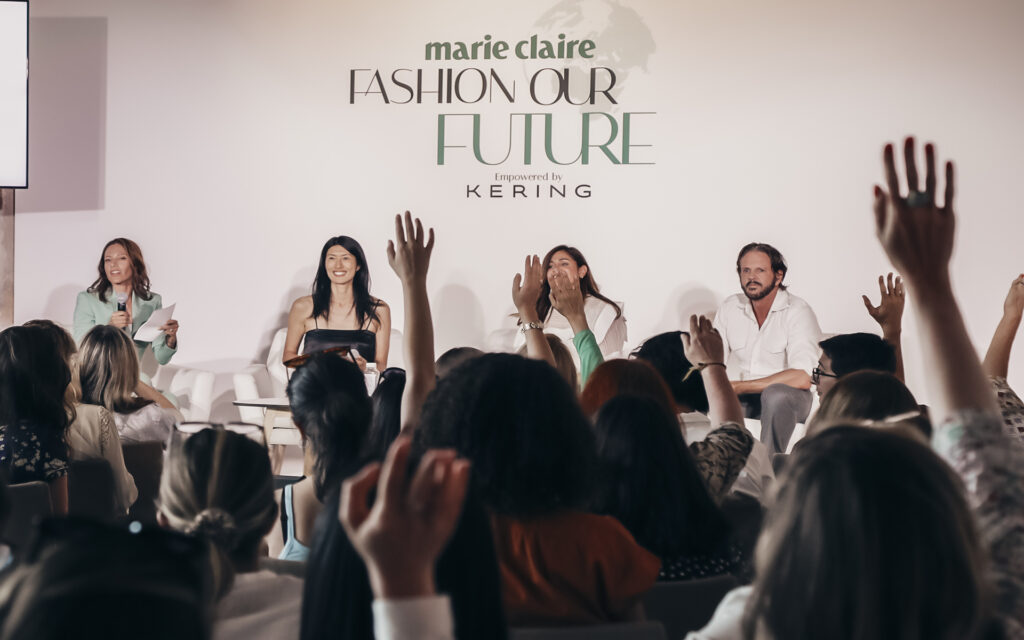
There are fewer and fewer years left to meet the 2030 Agenda and governments need to take urgent measures to achieve the goals.
According to the Fashion Industry Charter, where the 2023 progress report was published, the fashion companies that make it up have made promising strides in their climate commitment in the last two years.
The goal is clear: to make significant progress by 2030 and set a new standard for what it means to be a sustainable, responsible, and innovative industry.
Lindita Xhaferi-Salihu, , Leader of UN Climate Change Sector Engagement
The SDGs are objectives implemented by the United Nations, this guarantees transparency and consistency. In addition, the fact that it is a voluntary program where companies freely decide to get involved and work towards common goals makes what is achieved concrete and lasting.





